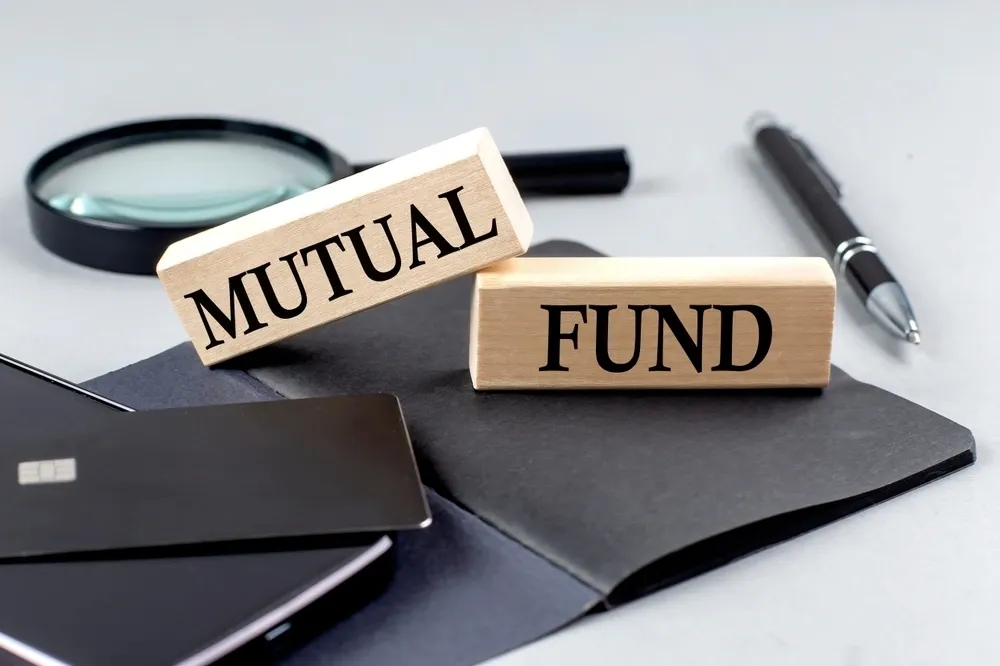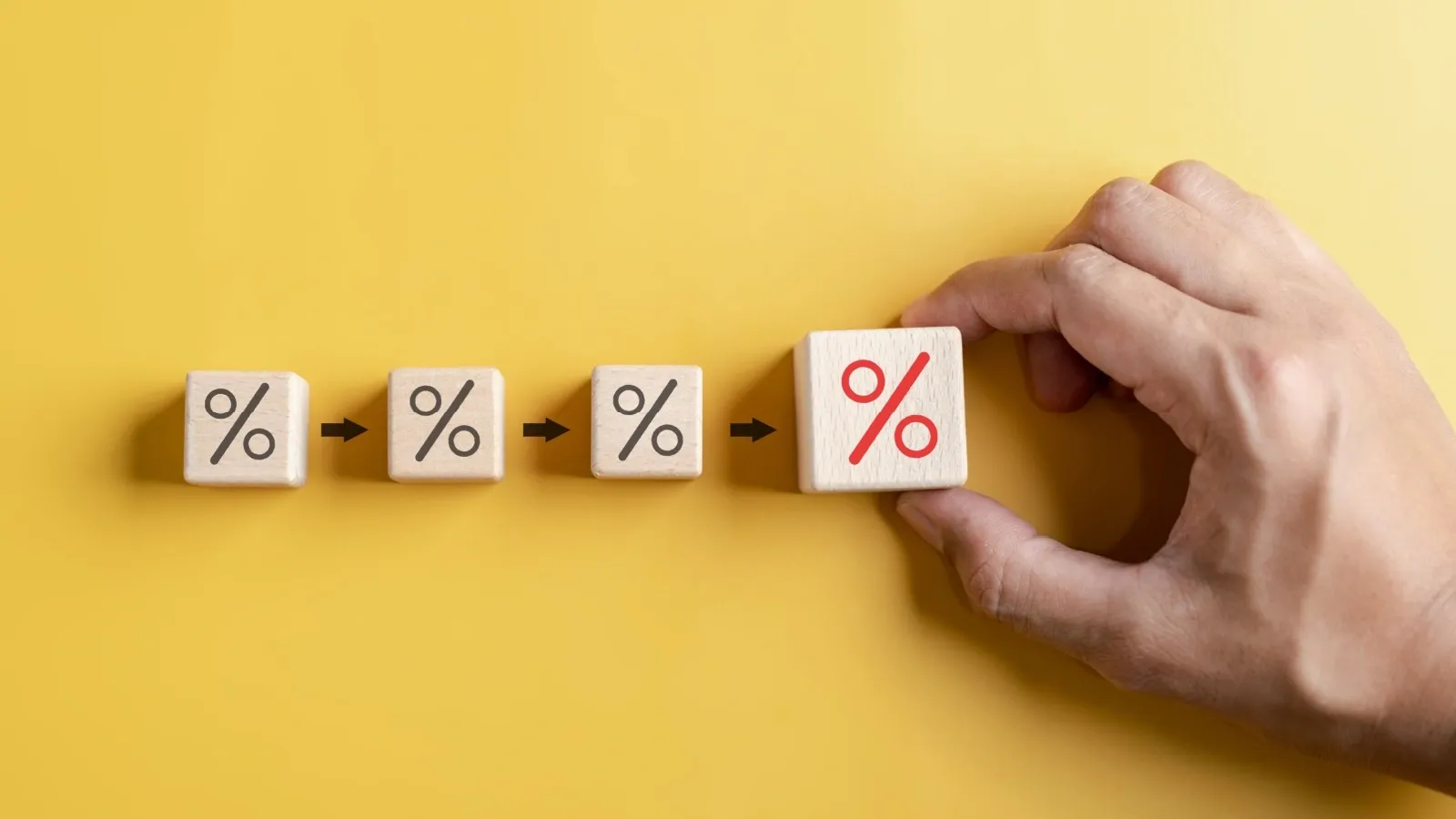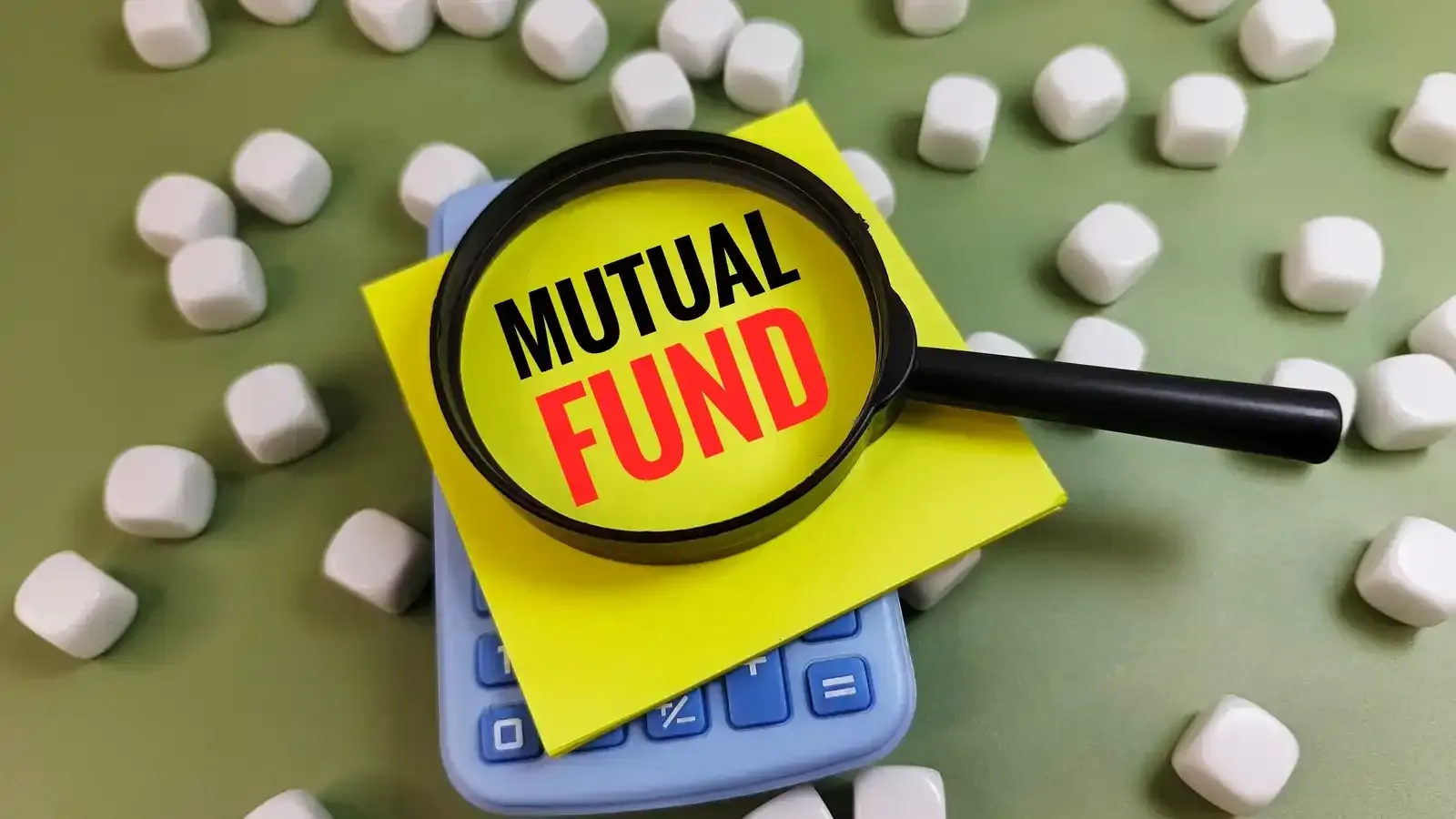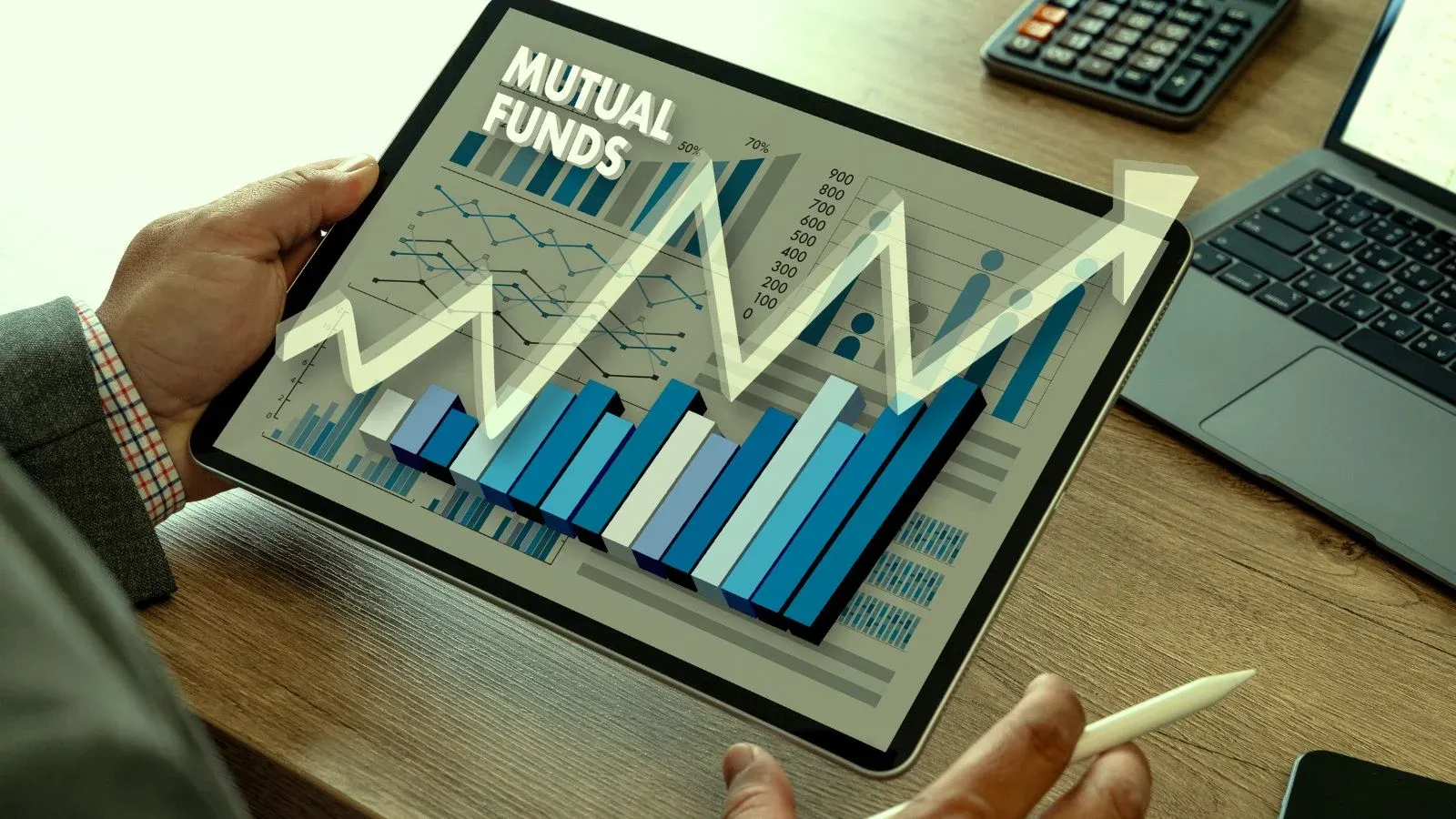Choosing the best ETFs for your portfolio
Written by Upstox Desk
Published on July 31, 2025 | 6 min read

Choosing the best ETFs for your portfolio
Summary: For investors who are just starting out, an easy and simple way to make an entry into the stock market is investing in Exchange-traded Funds (ETFs). It’s important to understand the underlying assets, the index being tracked, and the strategy of the ETF before investing. This blog should give you a head start in that direction.
Exchange-traded Funds (ETFs) are a type of investment fund which are bought and sold on stock exchanges, just like stocks. ETFs are formulated to monitor the movements of a specific commodity, index, sector, or related assets. ETFs provide investors with access to a portfolio of underlying assets that is diverse, without having to buy each asset individually. Here are some key features of ETFs:
- Underlying assets: An ETF typically holds a group of assets, such as stocks, bonds, commodities, or a combination of these.
- Creation and redemption: Authorised participants (usually large financial institutions) create and redeem ETF shares based on the demand in the market.
- Traded on exchanges: Like stocks, ETFs are traded on stock exchanges throughout the trading day. This makes them different from conventional mutual funds, which are bought or sold at the end-of-day net asset value. Based on supply and demand, ETF prices can fluctuate during the day.
- Liquidity: ETFs are generally considered to be liquid investments because they can be traded on exchanges whenever the market is open.
- Diversification: ETFs offer investors the benefit of diversification. Investors can spread out their risks across many securities.
- Low costs: Many ETFs have expense ratios that are lower in contrast to actively managed mutual funds. This is because ETFs typically target replicating an index’s performance rather than having active managers making investment decisions.
- Transparency: Holdings are disclosed by ETFs regularly, making it possible for investors to know which assets they are in ownership of.
- Tax efficiency: ETFs are designed in a way that can potentially lead to greater tax efficiency through the creation and redemption process, which can help minimise the distribution of capital gains.
- Flexibility: ETFs cover various asset classes and investment strategies, providing investors the flexibility to tailor investment portfolios to their specific preferences and goals.
Put simply, ETFs are low-cost, easy to buy and sell, transparent, and tax efficient, and provide investors the flexibility of diversification.
Leading ETFs
Here is a list of some of the leading ETFs based on their investment strategies and themes:
| Type | ETF |
| Index ETFs: These ETFs monitor the movements of chosen indices such as Nifty Next 50, Sensex, and Nifty 50. |
|
| Sector ETFs: These ETFs monitor the movements of particular industries and sectors, such as FMCG and pharmaceuticals. |
|
| Gold ETFs: Without having to physically buy or sell gold, this ETF monitors gold prices in the international market and makes investing in gold easy. |
|
| Bond ETFs: Fixed-income securities like treasury bills and corporate bonds are tracked to provide stable income to those who want to invest in a safe asset class. |
|
| Currency ETFs: These ETFs aim to track the performance of a specific currency or a basket of currencies relative to the Indian rupee. |
|
Summing up
Remember that each type of ETF carries its own risks and potential rewards. It is important to understand the underlying assets, the index being tracked, and the strategy of the ETF before investing. Always conduct thorough research or consult with a financial advisor before making any investment decisions.
Disclaimer
The investment options and stocks mentioned here are not recommendations. Please go through your own due diligence and conduct thorough research before investing. Investment in the securities market is subject to market risks. Please read the Risk Disclosure documents carefully before investing. Past performance of instruments/securities does not indicate their future performance. Due to the price fluctuation risk and the market risk, there is no guarantee that your personal investment objectives will be achieved.
About Author
Upstox Desk
Upstox Desk
Team of expert writers dedicated to providing insightful and comprehensive coverage on stock markets, economic trends, commodities, business developments, and personal finance. With a passion for delivering valuable information, the team strives to keep readers informed about the latest trends and developments in the financial world.
Read more from UpstoxUpstox is a leading Indian financial services company that offers online trading and investment services in stocks, commodities, currencies, mutual funds, and more. Founded in 2009 and headquartered in Mumbai, Upstox is backed by prominent investors including Ratan Tata, Tiger Global, and Kalaari Capital. It operates under RKSV Securities and is registered with SEBI, NSE, BSE, and other regulatory bodies, ensuring secure and compliant trading experiences.

























